Figures & data
Table 1. Baseline characteristics of patients.
Table 2. Baseline characteristics of physicians.
Figure 1. Impact of polycythemia vera symptoms on five areas of daily living (family life, social life, work, leisure activities, and sex life) ranked on a 5-point scale (large impact; impact; somewhat impact; little impact; no impact) as perceived by (A) patients and (B) physicians.
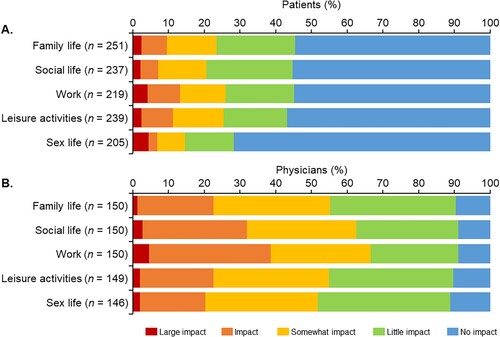
Figure 2. Polycythemia vera symptoms and the proportion of patients that ranked each symptom within the top five symptoms to be resolved.
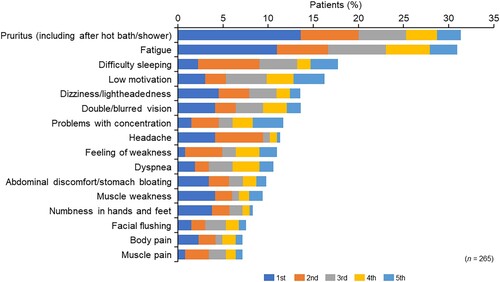
Figure 3. Level of impact (‘large impact’ or ‘impact’ vs. ‘somewhat impact’ or ‘little impact’ or ‘no impact’) of each symptom on (A) work, (B) leisure activities, and (C) family life in the group of patients who originally ranked the level of impact as ‘large impact’ or ‘impact’.
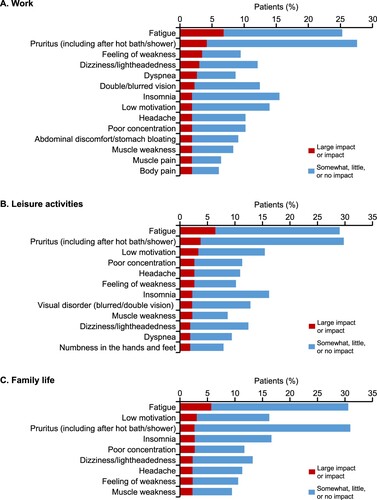
Figure 4. (A) Most important polycythemia vera treatment goals and (B) target hematocrit level as determined by patients and their physicians.
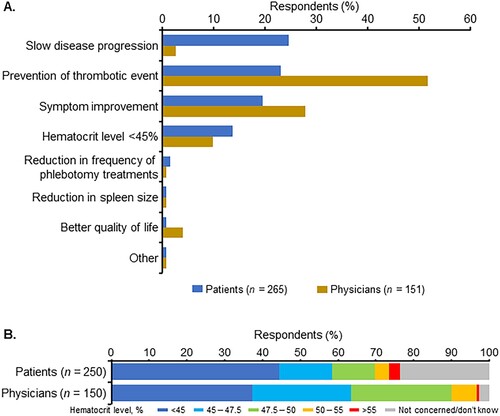
Figure 5. Satisfaction of patients and their physicians with (A) phlebotomy treatment, (B) drug therapy, and (C) overall treatment situation.
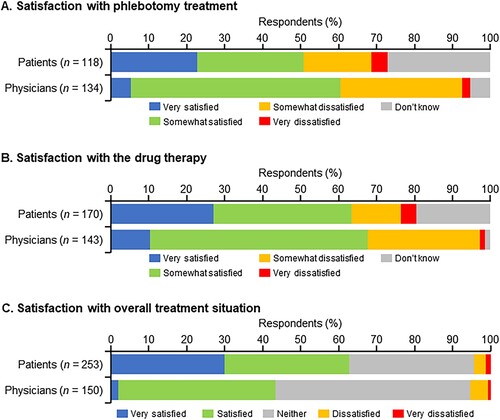
Figure 6. Satisfaction of patients and their physicians with (A) physician-patient communication about the patient’s condition and its treatment, (B) the support provided to the patient to understand the treatment goal, (C) the ability of the physician to listen to the patient’s symptoms, (D) ability of the physician to inform the patient about new treatment options, and (E) ability of the physician to involve patients in the decisions about treatment.

Supplemental Material
Download PDF (687 KB)Data availability statement
The data that support the findings of this study are available on reasonable request from the corresponding author, Y.E. or the sponsor, PharmaEssentia Japan K.K.
